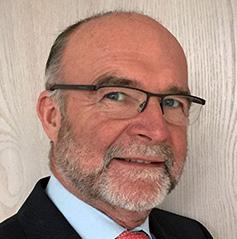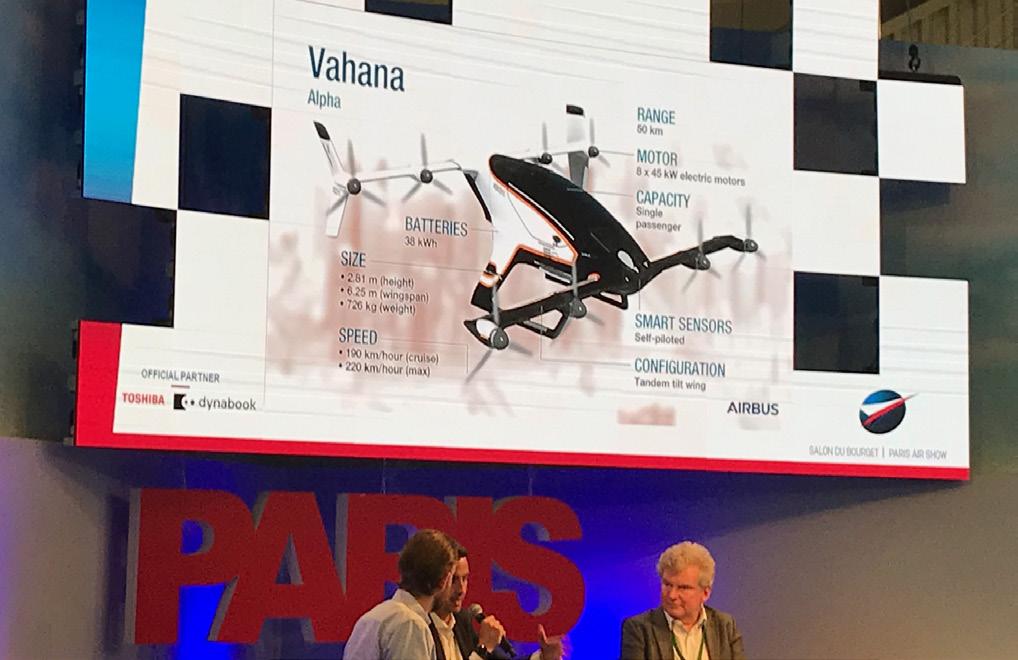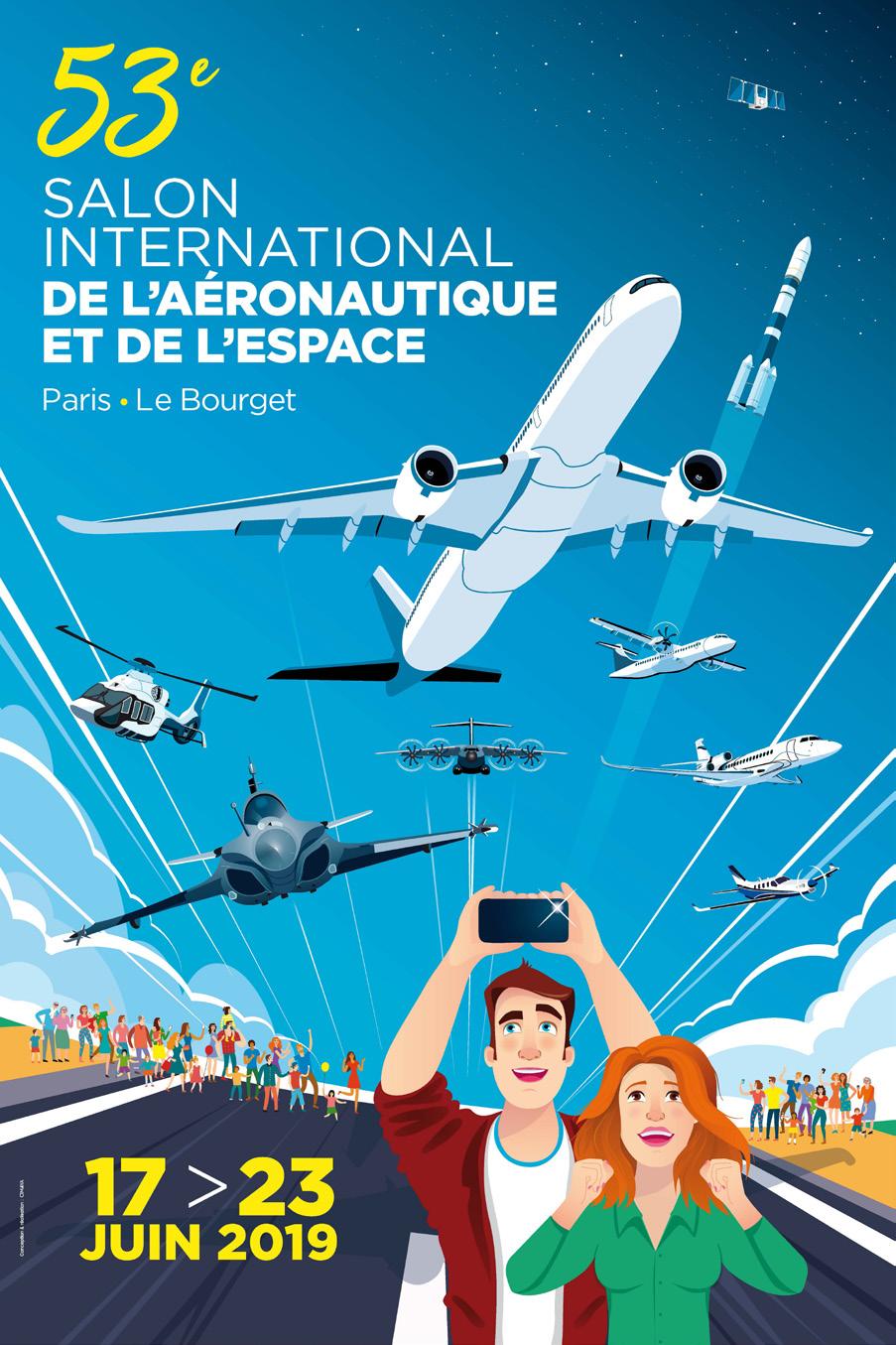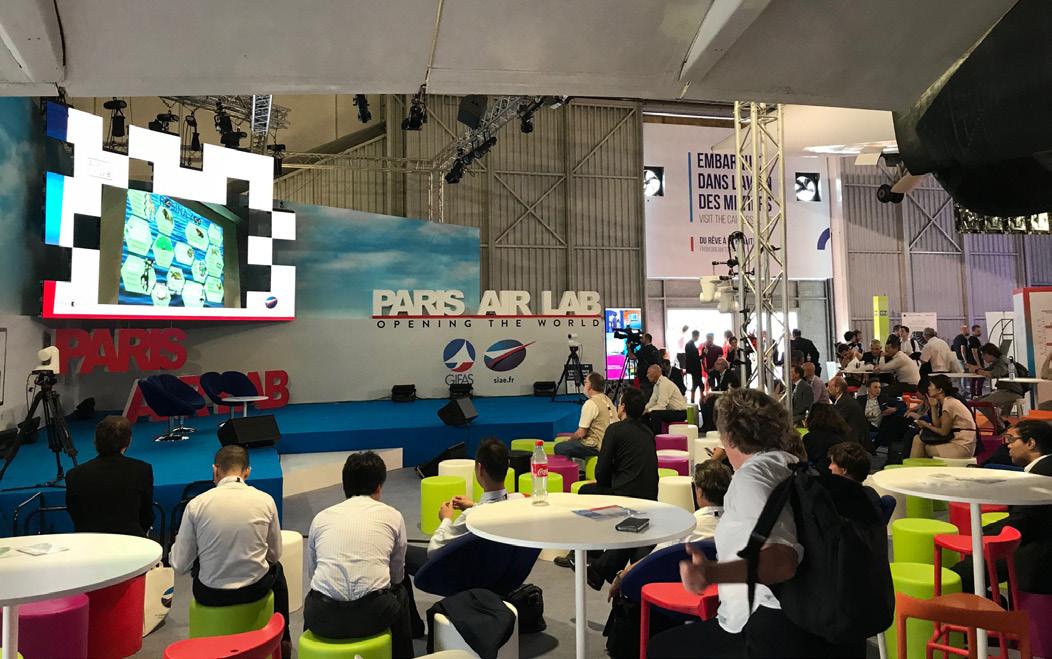
3 minute read
News from the 2019 Le Bourget Paris Air Show
All photos: Philippe Domogala
LE BOURGET PARIS AIR SHOW 2019
Advertisement
zby Philippe Domogala, SENIOR CORRESPONDENT, IFATCA
Last June, the traditional biannual Paris Air Show took place in Le Bourget.
The air show is located near the Le Bourget Air and Space Museum. In front of it, there is a large hangar that contains two Concordes: the first prototype that flew in March 1969 and the last Air France one that flew on the 14th of June 2003, after the last commercial flight, from CDG airport to LFPB airport (2 nautical miles apart). This last flight was the shortest flight ever done by a Concorde, and probably the slowest.
Under its wings, was held a very innovative kiosk created for young people looking to choose a job in aviation. On the day I visited, the challenge was urban air mobility and working with autonomous aircraft. The animation was done by Airbus’s head of Urban mobility, Eduardo Puerta, who is in charge of the Vahana project within Airbus. Puerta described the Vahana is an all-electric, single-seat, tilt-wing vehicle demonstrator that focuses on advancing self-piloted, electric vertical take-off and landing (eVTOL) flight. The Vahana vehicle is self-piloted, or autonomous, and it has onboard detect-and-avoid system that can identify both air and ground hazards. I was interested in that part, but, unfortunately, this vehicle is still a prototype, under development, and not yet fully operational.

portation that will be necessary. Many cities by 2040 will exceed tens of millions of people. He said that petrol driven personal cars will disappear soon as the streets will no longer be able to hold the traffic. It will be constant traffic jams. The solutions he presented are either underground or by
What was interesting in his presentation was his vision for the future, where demographics show that by 2040, 60% of the Earth’s population will live in cities, and our current cities are not designed and prepared for the kind of mass trans


All photos: Philippe Domogala

air. Airbus believes it will be by air. He said studies show that the only suitable, eco-friendly way to move people in cities that will be getting larger and larger is electric aerial transportation. That is why everyone is now looking for that solution. This prospect will definitively impact our profession as those vehicles will share our airspace.
I also went to visit Thales exhibit to see their latest innovations. They had an exhibit regarding ATM. Thales main business is now in Defence, and it showed as the place was full of military people. They have a few visions for the future including the use of artificial intelligence in ATC which is worth looking at.
2019 also was the 50th anniversary of the first moon landing and to celebrate the event, the show invited three astronauts from that era to give a presentation: Walter Cunningham from Apollo 7, Charlie Duke from Apollo 16, and Walter Worden from Apollo 15. It was very interesting to see them all, well into their 80s, still in great shape and full of humour. They are a real breed apart! They flew to the moon 50 years ago but were all talking about going to Mars. They said NASA should send them to Mars as they are already trained, so it would save NASA a lot on training. They eat very little, so they could save on weight, and foremost at their age, they do not need to come back. They said, “NASA could send us for half the price, and we are all volunteers.”
The last interesting point is for our tower controller colleagues. The new camouflage paint of some defence aircraft is interesting. This new white-blue computer design makes aircraft very difficult to see when in the air. While this is good for evading enemies, it’s not good for your friendly tower controller, who will have a problem seeing it. y
philippe.domogala@ifatca.org

z Photos: (top) Poster from the 2019 Le Bourget Paris Air Show (middle/left) Discussion at Air Lab at Le Bourget Paris Air Show (middle/right) NASA astronauts at Le Bourget Paris Air Show












